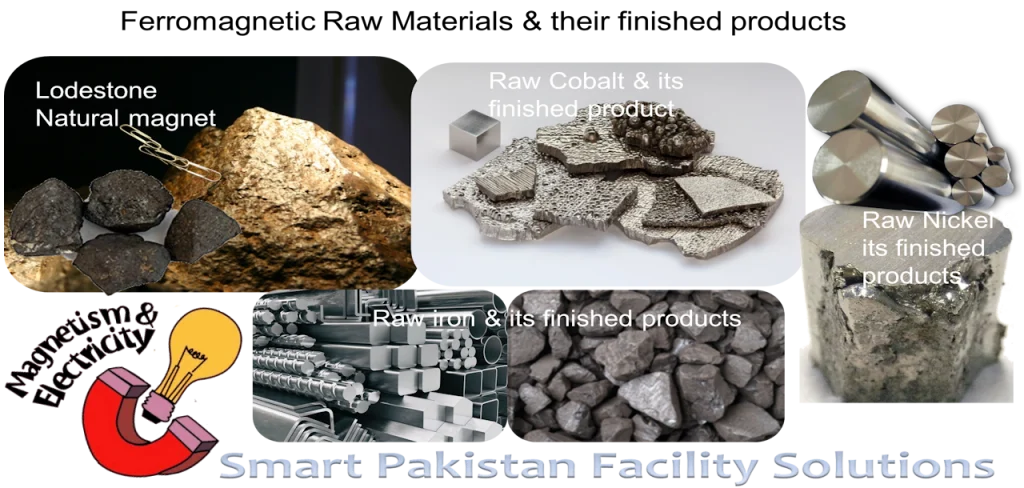This article covers the basic concepts of magnetism and electricity generators. It is designed to help field technicians, engineering technologists, and others improve their understanding for practical use in their daily work. The article is presented in two parts.
Basic Principle of Electricity Generation:
Electricity generation relies on the fundamental interaction between a magnetic field and a conductive coil. When either the magnet or the coil moves while the other remains stationary, an electric current is induced. This principle is the foundation of electromagnetic induction and the operation of electric generators.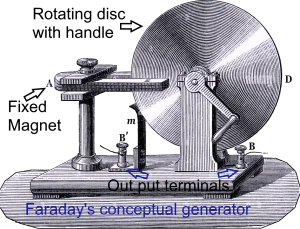
The journey of electricity began with the study of physics and magnetism, ultimately leading to Faraday’s laws of electromagnetic induction, which are crucial for understanding how electricity is generated and this laid the groundwork for modern electrical engineering, including the development of generators and transformers.
Electromagnetism and Electricity:
Electromagnetism is the branch of physics that explores the interaction between magnetism and electricity. This relationship was first discovered by Michael Faraday, who demonstrated that a changing magnetic field could induce an electric current.
Journey of Electricity was started from Physics to Magnetism, laws of Faraday & Electricity generation:
Before understanding how electricity is generated, we must first explore magnets and magnetism,
The discovery of magnetism dates back to ancient civilizations that observed the natural attraction of lodestones (magnetite), a naturally magnetized iron ore. The English word “magnet” originates from the Latin “magnetum,” while “lodestone” has been referenced in Greek, Indian, and Chinese texts for over 2,500 years.
What is a Magnet & Magnetic Materials?
A magnet is a material or object that produces a magnetic field, an invisible force responsible for attraction and repulsion. Ferromagnetic materials are those,can be magnetized an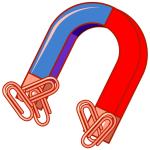 d are strongly attracted to a magnet.
d are strongly attracted to a magnet.
These include:
- Iron, nickel, and cobalt
- Alloys containing these metals
- Certain rare-earth metal alloys
- Naturally occurring magnetic minerals like lodestone
What is Magnetism?
Magnetism refers to a set of physical properties arising due to the presence of magnetic fields. These fields are created by electric currents and the intrinsic magnetic properties of certain materials.
Ferromagnetic materials exist in two states:
- Before Magnetization – The microscopic magnetic domains (basic particles) are randomly oriented.
- After Magnetization – The domains align, each behaving as an independent magnet, strengthening the overall magnetic field.
Fundamental Units of Magnetism:
- Permeability (μ)
Permeability measures how easily a material can be magnetized in response to an applied magnetic field. It is denoted by the Greek letter μ and measured in Henries per meter (H/m).
- Reluctance (R)
Reluctance is the opposition to magnetic flux in a material. It is the reciprocal of permeability and is usually represented by R.
Magnetic Field & Flux:
Magnetic Field:
As in discussion, magnet is a material or object that generates a magnetic field, an invisible force that influences ferromagnetic materials like iron, steel, nickel, and cobalt. This field enables magnets to attract or repel each other.
The magnetic field strength (H) is produced by electric currents and the poles of magnets. It is measured in amperes per meter (A/m) in the International System of Units (SI).
Magnetic Flux:
Magnetic flux represents the total number of magnetic field lines passing through a given surface. It quantifies the strength of the magnetic field over an area and is denoted by the,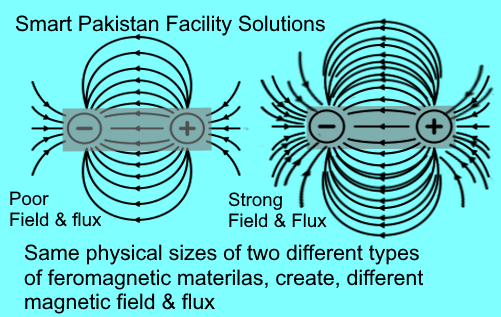
Greek letter Φ (Phi) or ΦB (Phi subscript B).
It is commonly measured in Webers (Wb).
The flux depends on:
- The strength of the magnetic field
- The area through which the field lines pass
- The material’s permeability
Vector Representation of Magnetic Field & Flux: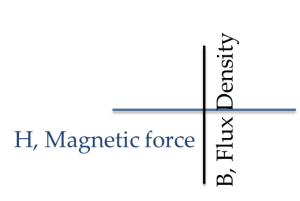
In theoretical physics:
- The magnetic field strength (H) is represented on the X-axis.
- The magnetic flux density (B) is represented on the Y-axis.
In practice, their relationship forms a characteristic B-H curve, also known as the Hysteresis Loop,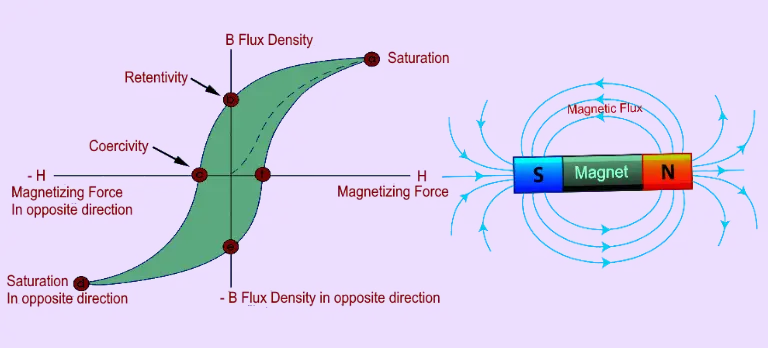
Hysteresis Loop – Understanding Magnetic Behavior:
A hysteresis loop (B-H loop) graphically represents the relationship between magnetic flux density (B) and magnetizing force (H) in a ferromagnetic material. Key features of this loop include:
- Retentivity (or Remanence): – After completion the magnetizing process, some magnetization remains even after removing the external field.
- Coercivity – The force required to reduce magnetization to zero.
- Saturation – The point where increasing the magnetizing force no longer increases magnetization.
Applications of Hysteresis Loops:
- Magnetic Storage: Hard drives and tapes rely on materials retaining magnetization.
- Transformers & Motors: Magnetic properties influence energy efficiency.
- Sensors: Used for measuring magnetic fields in industrial and medical applications.
Types of Magnetic Materials Based on Hysteresis Loops: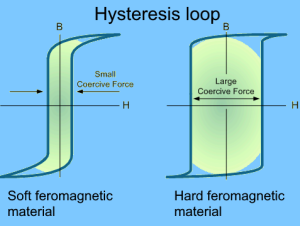
- Soft Magnetic Materials: Easily magnetized and demagnetized, suitable for transformers and motors.
- Hard Magnetic Materials: Retain magnetization, used for permanent magnets.
Magnetic Pole Strength & Units:
Magnetic pole strength quantifies a magnet’s ability to exert force. It has two SI unit definitions:
- Ampere-meter (A·m): When defined as force per unit B-field.
- Weber (Wb): When defined as force per unit H-field.
Weber (Wb) – SI Unit of Magnetic Flux: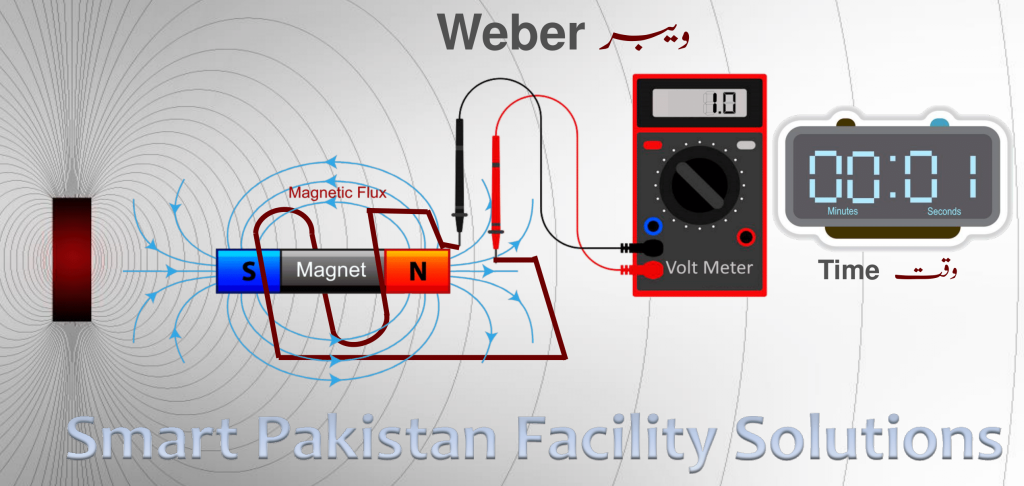
A change in flux of one Weber per second induces an electromotive force of one volt in a circuit with one turn.
Formula: 1Wb=1V×1s, 1Wb = 1 V \times 1 s
Part one of this discussion is concluded, its detailed information is available on our Youtube channel, video link is appended belo, In the next topic, we will explore Faraday’s and relevant Laws, of Electromagnetic Induction with their applications in modern electrical engineering.




